GOTY 2014
I guess it's time. After fourteen days of Go! Go! GOTY!, I think I'm finally prepared to render my verdict on the games released in the year of 2014 of the Common Era that I was fortunate enough to play.
This list will be a little lacking, alas. While it does have ten games, I had to scrape it together from the vast amount of underwhelming titles I saw this year, and the general lack of new game buying I've been doing (or not doing, I suppose) of late. I could probably put together a better top ten list of games from 2013 that I eventually got around to this year.
Still, I hope the unusual flavor of this list, absent the big names that'll be on everyone else's (Bayonetta 2, Call of Duty: AW, Sunset Overdrive, Middle-earth: Shadow of Mordor, Dragon Age: Inquisition, Far Cry 4, etc.), will give you a few new ideas for what to grab in the big post-Christmas Winter sales. Plus, I've been pondering the idea of going back and adding 2014 games to this list as I play them in the future, so maybe stay tuned for something a bit more comprehensive.

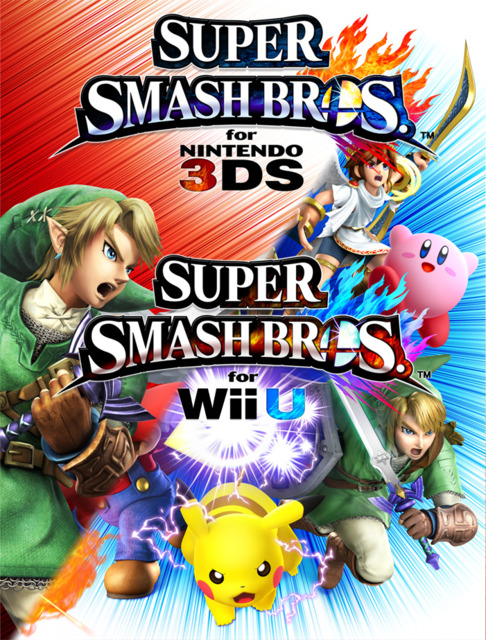
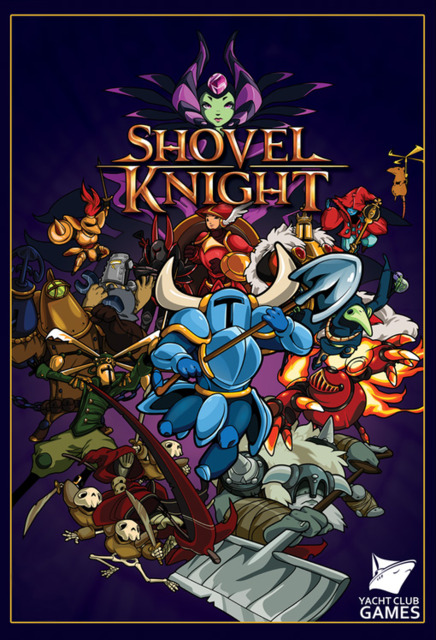
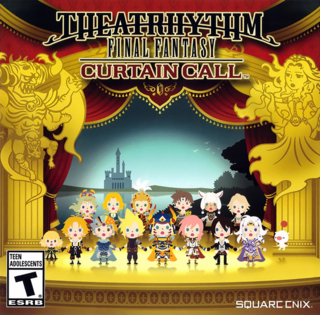
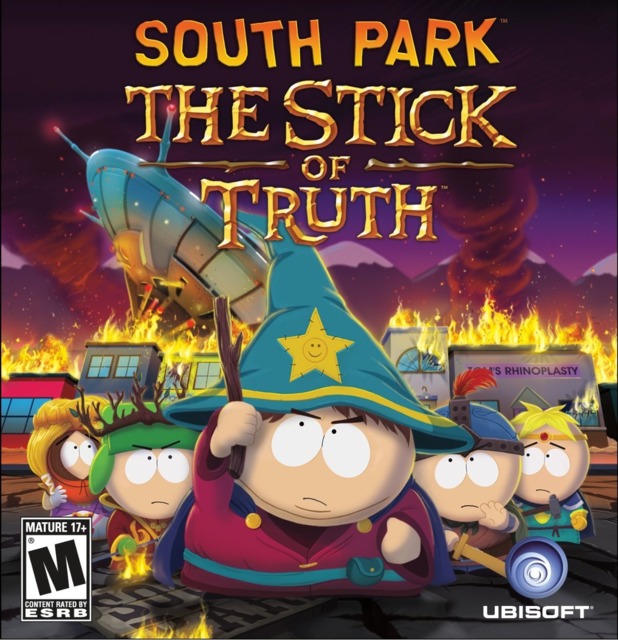

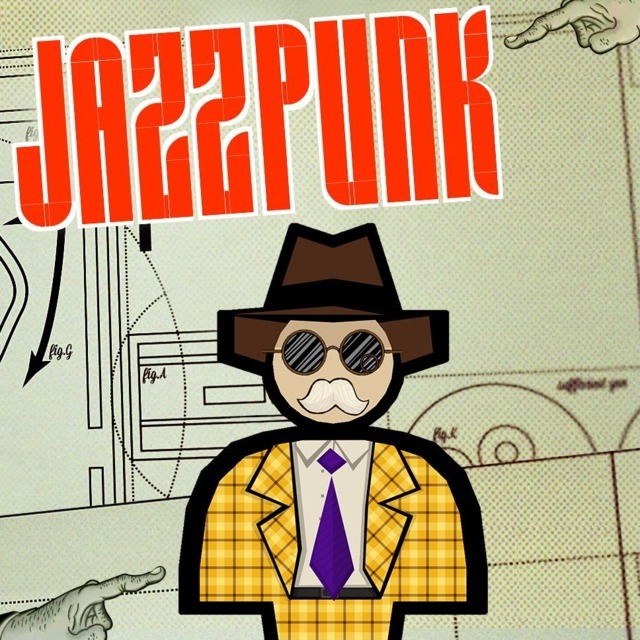
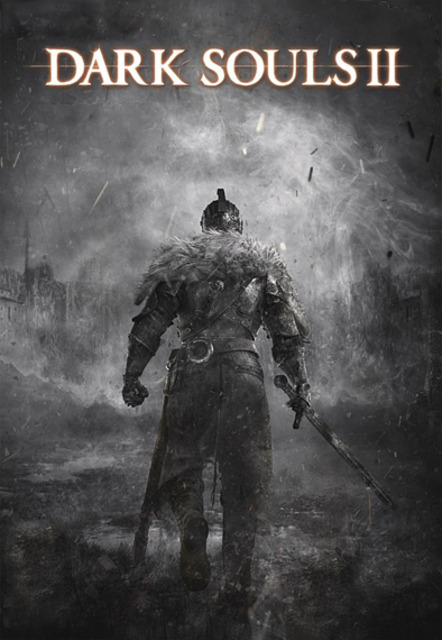
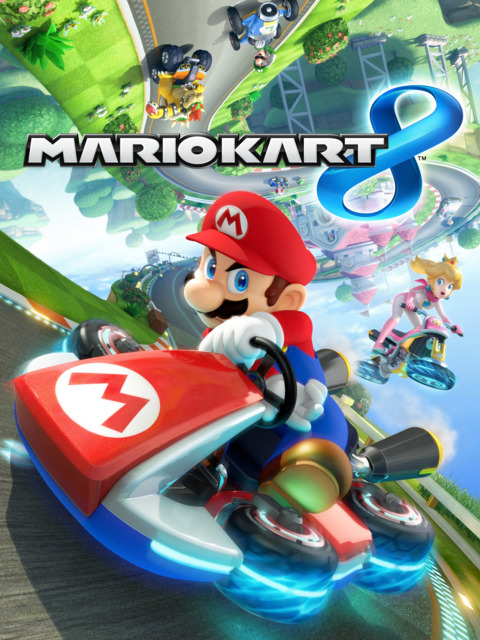
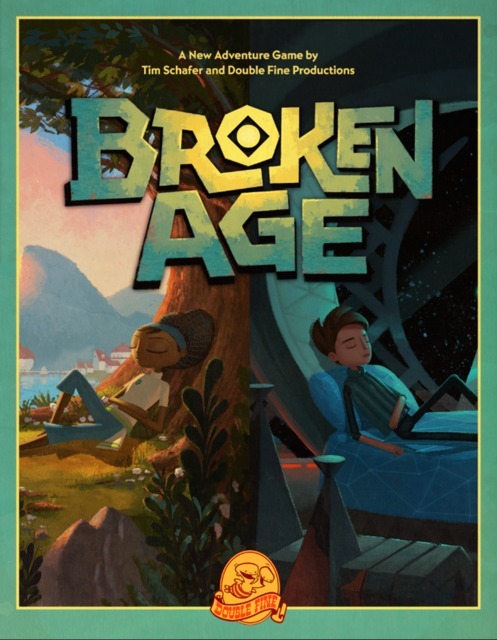
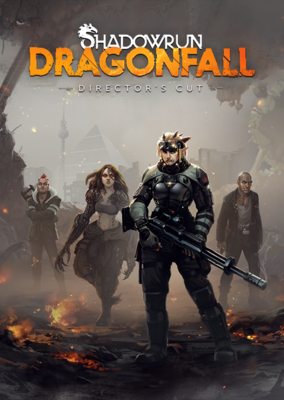
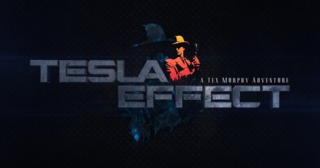
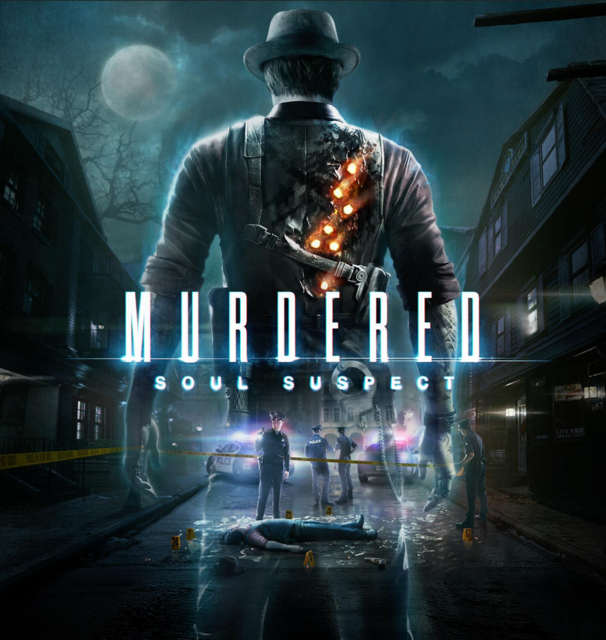
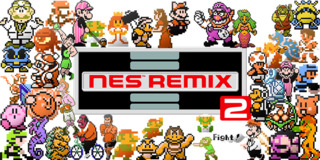
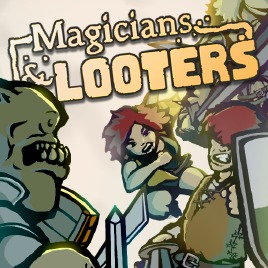
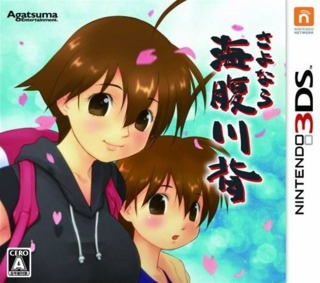
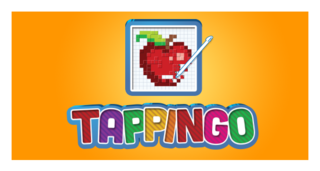

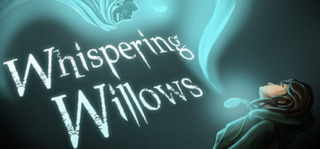
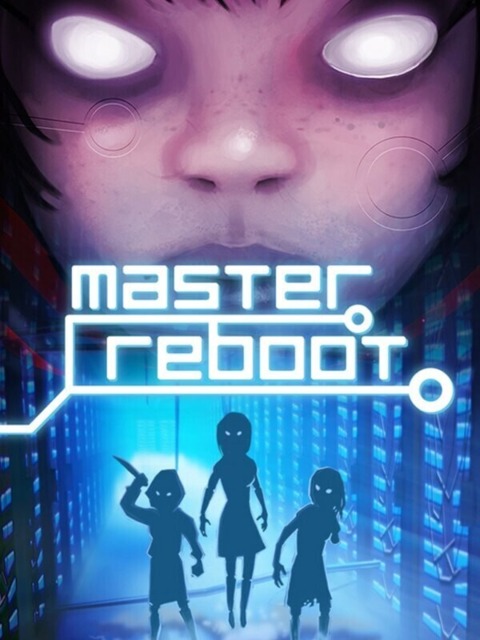
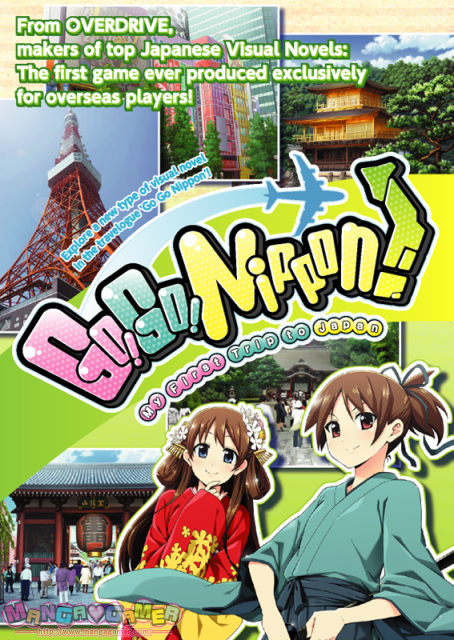
6 Comments